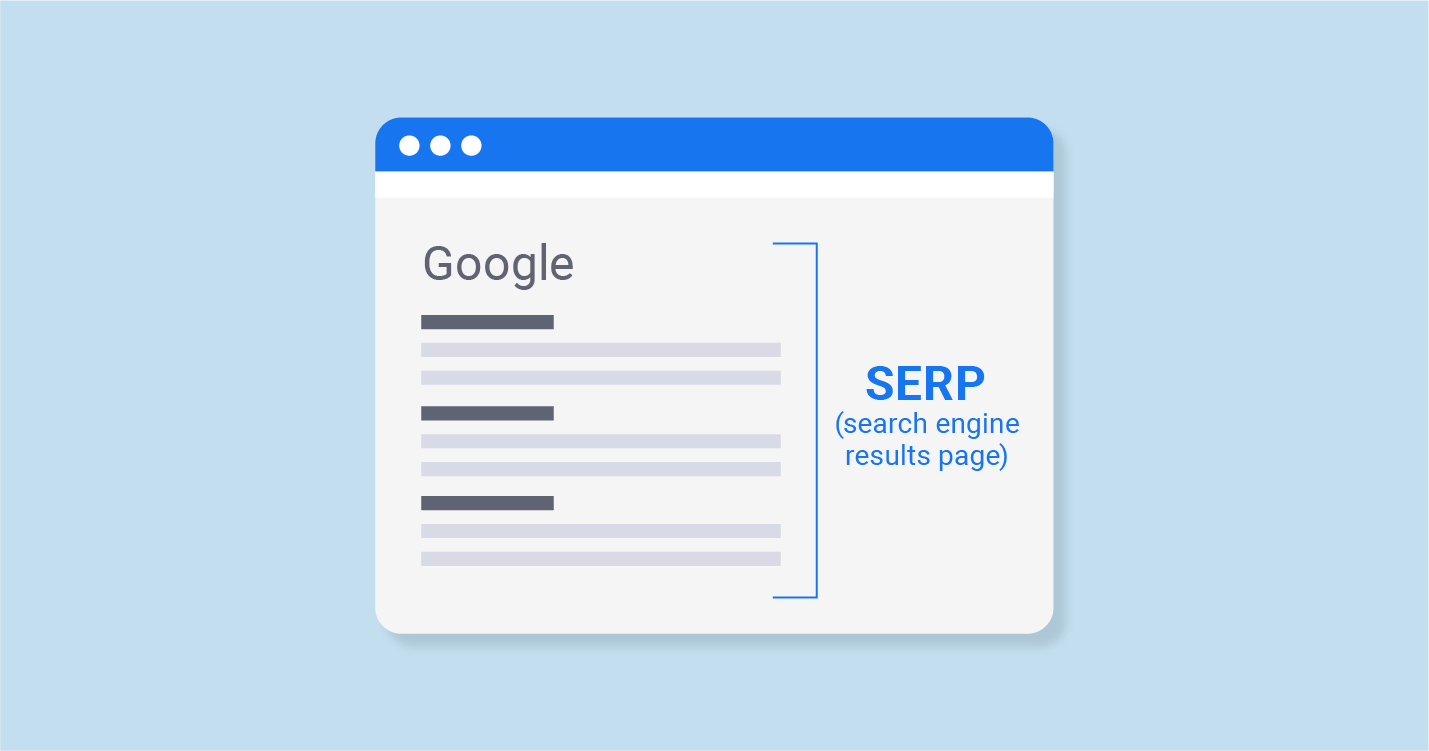
Structured Data and SEO: Enhancing SERP Appearance
When it comes to optimizing your website for search engines, there are various factors that need to be considered. One important aspect is the utilization of structured data, which can significantly enhance the appearance of your website in search engine results pages (SERPs). In this article, we will explore the relationship between structured data and SEO, and how it can positively impact your website's visibility.
Understanding Structured Data
Before diving into the benefits of structured data, it is crucial to understand what it actually means. Structured data refers to a standardized format used to provide additional context to search engines about the content on your website. It utilizes specific tags and properties that help search engines understand the meaning and purpose of the data.
By using structured data, you can provide more detailed information about your website's content to search engines and make it easier for them to interpret and present it to users in a more organized manner. This can lead to a more visually appealing and informative SERP appearance, ultimately attracting more organic traffic to your website.
The Importance of Structured Data for SEO
Structured data plays a crucial role in search engine optimization (SEO) by helping search engines better understand the context and relevance of your website's content. When search engines have a clear understanding of your content, they can display rich snippets, knowledge graphs, and other enhanced features in the search results.
Rich snippets are additional information that appears below the title and URL of a search result. They can include star ratings, images, reviews, pricing details, and more, depending on the type of structured data used. These rich snippets attract more attention from users and can significantly increase click-through rates to your website.
Similarly, knowledge graphs are informative boxes that appear on the right side of the search results. They provide concise and useful information about a particular topic, making it easier for users to get the information they need without even visiting your website. This can establish your website as an authoritative source and further enhance its visibility.
How to Implement Structured Data
Implementing structured data on your website can be done in various ways. One common method is by utilizing Schema.org markup, which provides a comprehensive vocabulary of tags and properties for structuring data.
Schema.org markup can be added directly to the HTML code of your website, specifying the type of information you want to communicate to search engines. This can include details about products, events, recipes, locations, and much more. By correctly implementing structured data, you can improve the chances of your website appearing with enhanced features in SERPs.
Benefits of Structured Data
Utilizing structured data brings numerous benefits to your overall SEO strategy. By enhancing the appearance of your website in SERPs with rich snippets and knowledge graphs, you can attract more attention and increase click-through rates. This can lead to higher organic traffic, improved search engine rankings, and ultimately, more conversions and revenue.
Structured data also helps search engines understand the content in a more accurate manner, which is vital for relevant indexing and ranking. It allows search engines to present your website to users who are actively looking for the information you provide, enhancing the overall user experience and satisfaction.
Conclusion
Structured data is a powerful tool in the world of SEO. By incorporating structured data on your website, you can enhance its appearance in search engine results and gain a competitive edge. The utilization of structured data not only improves the visibility and credibility of your website but also provides a better user experience. So, why not take advantage of structured data and boost your website's presence in SERPs?